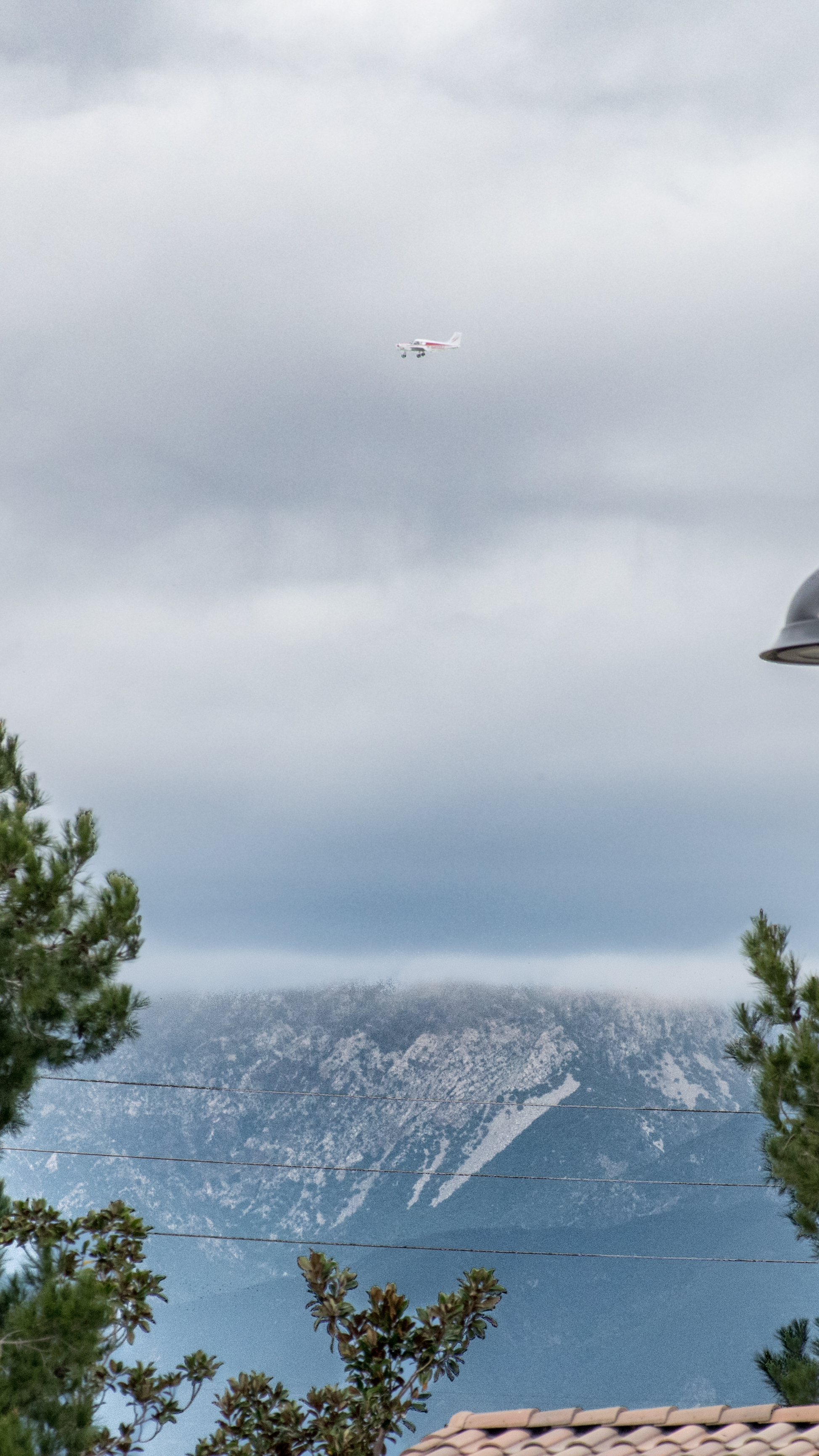Hooked on Fenix
Flashlight Enthusiast
- Joined
- Dec 13, 2007
- Messages
- 3,133
Imagine if you will, you live near the tallest dam in the United States. It is full and pumping out over 100,000 cubic feet of water a second over the main spillway which has been ripped in half from erosion from the water running down it. The emergency spillway is damaged and could cause the dam to be breached if it is used again. A storm just dropped 10 inches of rain in the area in the last day and more is on the way. Also, the rain is warm and is melting the record setting snow pack above the lake. The nine other lakes feeding into this lake are full and need to release water to prevent their dams from breaking. The hydroelectric plant that would add 14,000 cubic feet more of water released is clogged up with debris and is not producing power or releasing water. The route the water was diverted during the dam construction collapsed years ago and was never repaired so it can't serve as a backup way to release the water. You have just been informed that if the dam breaks, the order to evacuate will not give anyone enough time to escape the incoming wall of water that will wipe out everything in it's path. Also, all the other dams in this part of the state are full or overflowing, and the major rivers are at flood stage. Routes in the area will be congested with traffic or flooded for over 100 miles away. 188,000 people in the immediate area will be evacuated soon. The dam and the series of dams above provide much of the power to the area. Roads will be clogged. Hotels and emergency shelters will be full. Gas stations will be emptied. Stores will be emptied and abandoned. Where do you go, and what do you bring in your INCH (I'm not coming home) bag? What flashlights, batteries, and other powered devices do you bring for this type of situation? What is your plan?
By the way, this isn't something from the Twilight Zone. This is Oroville,California today. The river flooding extends past Sacramento. Oroville dam and the 9 ones above it provide much of the power for the area and are about to spill over. There is the possibility of widespread blackouts as well as not being able to find a safe place to bug out to.
By the way, this isn't something from the Twilight Zone. This is Oroville,California today. The river flooding extends past Sacramento. Oroville dam and the 9 ones above it provide much of the power for the area and are about to spill over. There is the possibility of widespread blackouts as well as not being able to find a safe place to bug out to.



